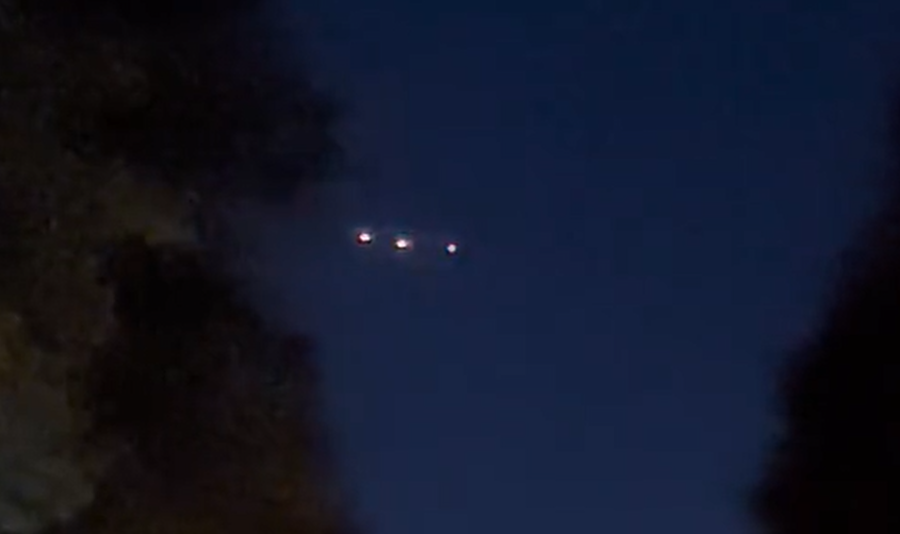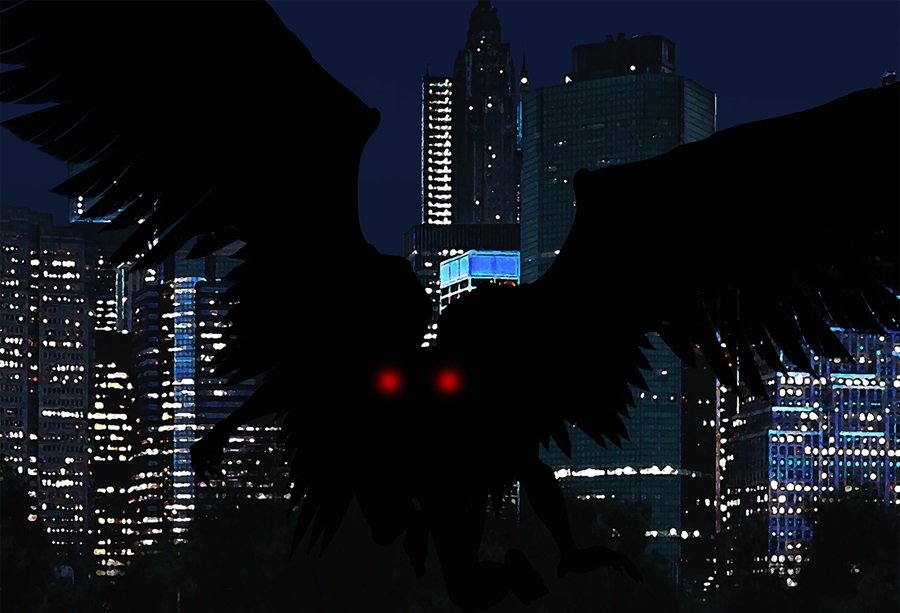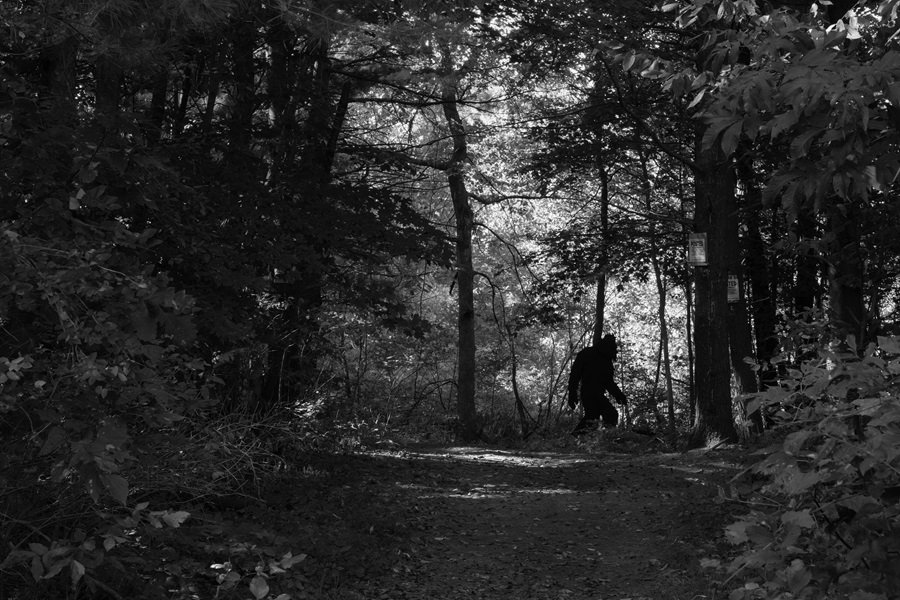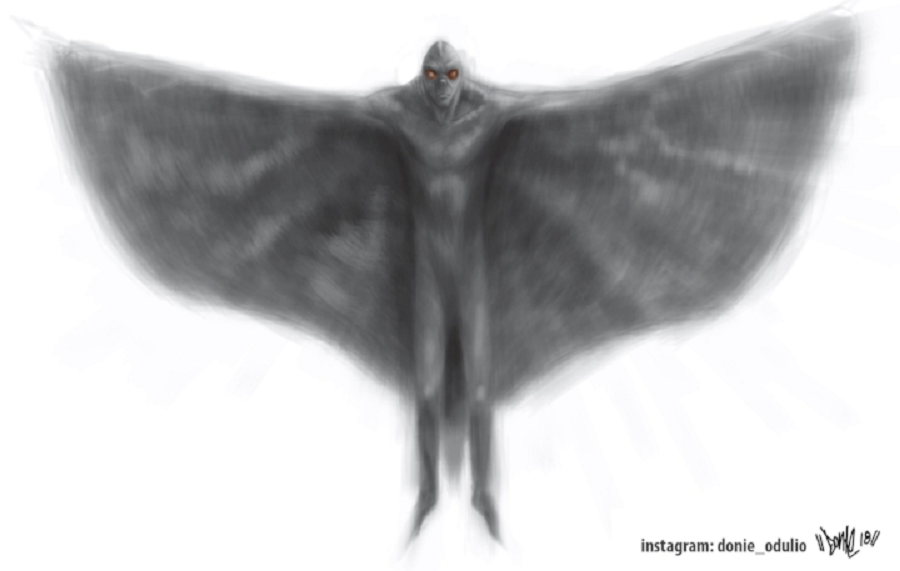Possible "Crashed Disc-Shaped Object" Found in Mars Photo, Says Anomaly Hunter
A still image from Ward’s video showing two enlargements of the object. (Jean Ward / YouTube)
Mars anomaly hunter and UFO disclosure advocate Jean Ward posted a video to his YouTube channel earlier this month in which he speculated that an anomalous object found within a photograph taken by the Mars Reconnaissance Orbiter on December 29th, 2006, might be a crashed flying saucer.
The video, already viewed over 240,000 times, has sparked debate between believers and skeptics.
In the video, Ward describes the object in question as circular and 12 to 15 meters in diameter, speculating that a sizable portion of it is buried under sand and debris.
According to those who believe the photo has captured a crashed saucer, the object became partially buried after colliding with Mars’ surface at a low angle of descent and leaving a large furrow in its wake.
Those skeptical of this hypothesis claim that the photograph shows nothing more than a natural geological formation.
The anomaly was spotted in Candor Chasma, a large canyon in the Valles Marineris system, which is composed of sedimentary layers of sand and dust. Those layers form intricate swirls in the landscape, many of which run parallel to the supposed saucer’s crash site.
Astrophysicist Francois Forget, speaking with French news website Numerama, postulated several potential natural elements that could explain the anomaly: a graben, which is a collapsed fault; a collapsed lava tube; or a canyon formed because of ice.
"It’s a classic image on Mars, it’s true it takes a weird shape and it’s fun," Forget said. "It’s both funny and not at all enigmatic for me. If we go look for the original photo and zoom out, we realize that the whole area is like this."
"What is absolutely certain is that these little crescents, like the piece of the 'saucer', are dunes," he added. "They are everywhere on Mars, there is no ambiguity. We saw them from near, from afar, our rovers spend their time bypassing dunes like this one."
Full image files of the area are available here through the University of Arizona website.
Planetologist Erwin Dehouck agreed with Forget, adding his own opinion on any geological formations that might have caused the saucer-like simulacrum.
"They can take various forms depending on the local topography and the orientation of the prevailing winds," he said. "As for the 'drag' of the 'saucer', it is a shallow depression created by erosion, which reveals a layer of lighter rocks below."
However, some proponents of the crashed saucer hypothesis were particularly antagonistic towards any natural explanation, claiming such explanations are part of a conspiracy to hide extraterrestrial intervention in our solar system.
"The belief that it is some natural geological feature being misinterpreted is plainly ridiculous, and those arguments must be considered suspect as to their ultimate source," one viewer commented on the video. "More money is spent each year just to contain and cover up the [extraterrestrial UFO] problem than NASA gets for its entire budget. They troll any legitimate evidence like this that gets out into public circulation. That's the giveaway that it's real."
To report your own encounter with the impossible, reach out to us directly at the Singular Fortean Society through our contact page.
If you enjoyed this article and would like to support the Singular Fortean Society, please consider becoming an official member by signing up through our Patreon page—membership includes a ton of extra content and behind-the-scenes access to the Society’s inner workings.




















